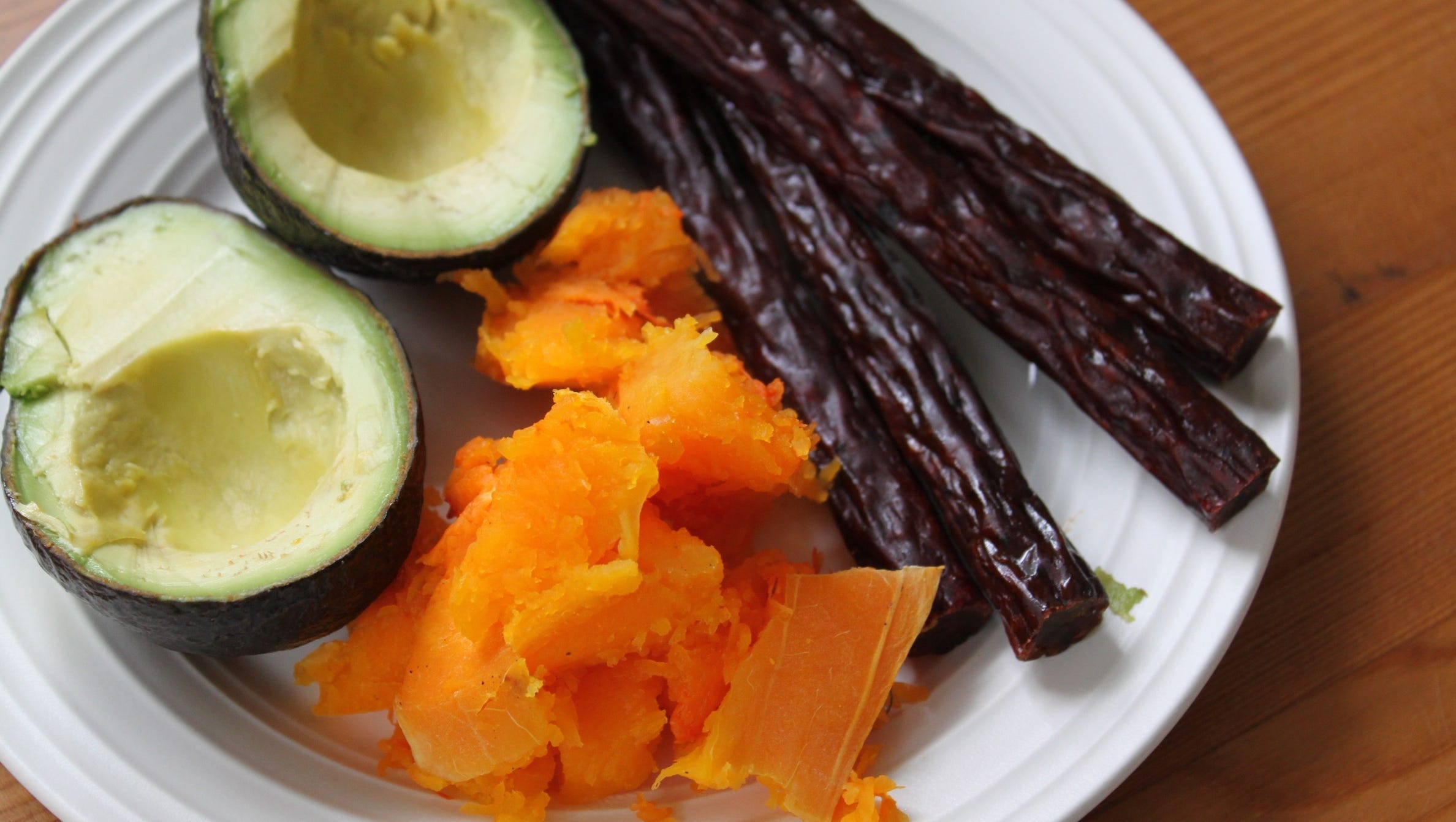
Fred Flintstone may have been on to something.
With the whirlwind of health crazes, wellness phases and diet trends — each one sporting a hipper name than its predecessor — fueling the fitness fire, it’s easy to get burned. Eating healthy doesn’t have to be a complex equation at every meal. The simpler the better.
The Paleolithic diet, also known as the Paleo diet or the caveman diet, encourages just that: simplicity. Based upon the diets of our ancestors — free range, grass-fed cattle and organic fruits and vegetables — the Paleo diet promotes the minimalist lifestyle of the caveman, eliminating the processed and embracing the natural.
” ‘Paleo’ truly just means ‘old.’ It means getting back to basics, the raw materials for life,” said Liz Wolfe, a nutritional therapy practitioner and Paleo dieter. She recently moved from New Jersey to Kansas. “We are not living in the past, but we’re learning from the wisdom of our ancestors and honoring the way our bodies developed over thousands of years. I trust that vast, millennia-long historical record.”
Back to basics
Embracing traditional eating, the Paleo diet encourages participants to eat pasture-raised animals, fruits and vegetables, while eliminating dairy, grains, legumes and processed oils, such as vegetable and canola oil.
In short, anything Flintstone couldn’t eat, you shouldn’t eat.
“The whole idea is to emulate what our ancestors ate,” said Steve Liberati, founder of Steve’s PaleoGoods of Cherry Hill. “If you can pull it from the ground, pick it from a tree, harvest it or hunt it down, then you’re good to go.”
The Paleo diet is highly flexible, easily customizable and tailored to an individual.
“Depending on level of activity, profession and athletic pursuits, an individual may need more or less carbohydrate, more or less protein or more or less healthy fat,” said Wolfe, whose blog www.cavegirleats.com chronicles her adventures in clean eating.
The health benefits
Cutting out food groups may seem drastic, especially given that many individuals are accustomed to getting their vitamin D from milk, for example, but according to Wolfe the other food groups aren’t necessary for a healthy diet.
“Grains can damage digestion and inhibit nutrient absorption, and there’s nothing in grains that can’t be found in vegetables like acorn squash or kale. Legumes are nutrient-poor, insulin-spiking sources of carbohydrate with a bit of protein attached, and there’s nothing there that can’t be found in nutrient-filled vegetables or meat that has been raised ethically,” the Cave Girl blogger said. “Modern dairy is from factory-kept cows fed an unnatural diet, and it’s processed and refined and reconstituted to something Mother Nature would never recognize,” she said.
Aside from eliminating processed foods — all the saturated fats and salt included — and finding better, more natural sources for nutrients, going Paleo cuts down on inflammation caused by dairy, promotes sustainable energy levels, fosters a leaner body and supports mental clarity, according to dedicated dieters.
“My asthma got significantly better. I didn’t feel like I was having an asthma attack during cardio workouts anymore,” said Julie Shannon of Gibbsboro, N.J., a relatively new Paleo dieter. “My body is more lean and my muscles are more toned.”
“I just feel healthier,” said Jonathon “Super” Squibb, a three-time Wing Bowl Campion and seven-year Paleo dieter of Berlin, N.J.
The challenge
Eating healthy doesn’t come without its challenges.
For Squibb, it was giving up pizza.
For Shannon, it was planning her meals.
“It’s more like a lifestyle change, not a diet,” Squibb said. “It’s not so much like, ‘I want to lose weight to get ready for summer’ it’s more, ‘I want to be healthy through my life.’ “
The Paleo diet has been criticized for its expense and time consumption, given that it exists on the foundation that nothing man-made, processed or packaged should cross the dinner table.
“Do I think Paleo is for everyone? No, but I think everyone should at least try it for a week and see how they feel and see the changes in their body,” Shannon said.
Learning from the past
Long before Weight Watchers marketed 2-point desserts to weary dieters, cavemen were unintentionally pioneering a health and wellness regimen. Granted, our ancestors didn’t have fast food, late-night snacks and carb-heavy binges to tempt them, but there is something to be learned from our club-wielding ancestors.
Along the extensive timeline of humanity, agriculture and processed foods are new and cultures that still follow a traditional diet, avoiding the modern refined sugars and processed grains, show lower rates of diseases such as diabetes as well as lower rates of obesity.
“People are eating less processed foods and that is a great idea to get behind,” Christine Wilkinson, a dietician at Cooper Hospital said. “It has a good basis for a healthy diet.”
“It’s a natural diet that has a common-sense approach,” said Liberati, who has been following the lifestyle for seven years. “It’s going back to what has worked for millions of years.”
Eating healthy: It’s so simple a caveman can do it.
Source: usatoday.com






















Add comment